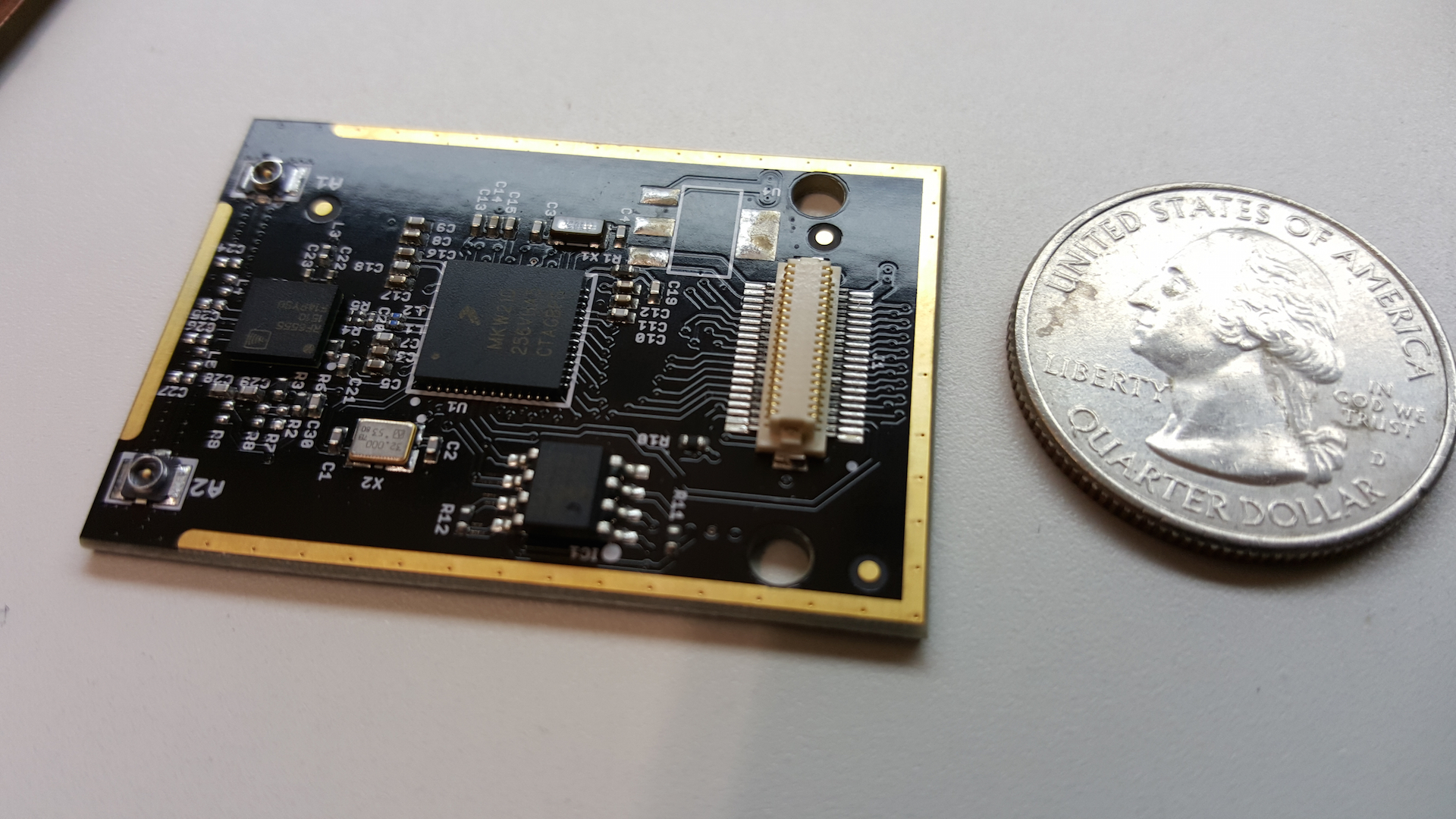ZeroDiff¶
A New Way to Design and Develop Products¶

A Simple Philosophy¶
If you maintain zero difference between prototype and production designs, you can release or mass produce any revision even when you iterate designs rapidly.
Corollary¶
Always manufacture prototype and production designs with the same process and tooling - always.
Overview¶
Philosophy¶
If you maintain zero difference between prototype and production, you can release any revision even when iterating rapidly.
Impact¶
- For Software: your dev cluster is production. Every commit can go live.
- For Hardware: your enclosures and PCBs use production tooling. Every revision is manufacturing-ready.
Result¶
Iterate with real users in days, not months. No "big bang" releases. Scale at any moment.
Explore¶
Here are a couple of ways that you can explore the concepts:
New to ZeroDiff: Start with Principles
Dive deep: Hardware or Software guides
Follow the journey: Posts